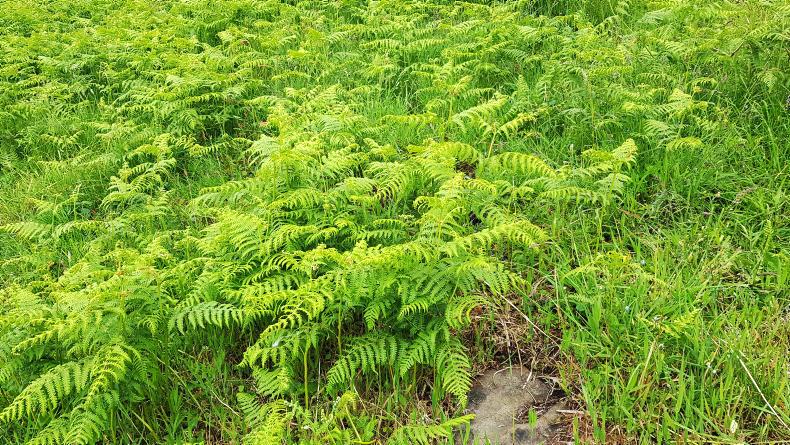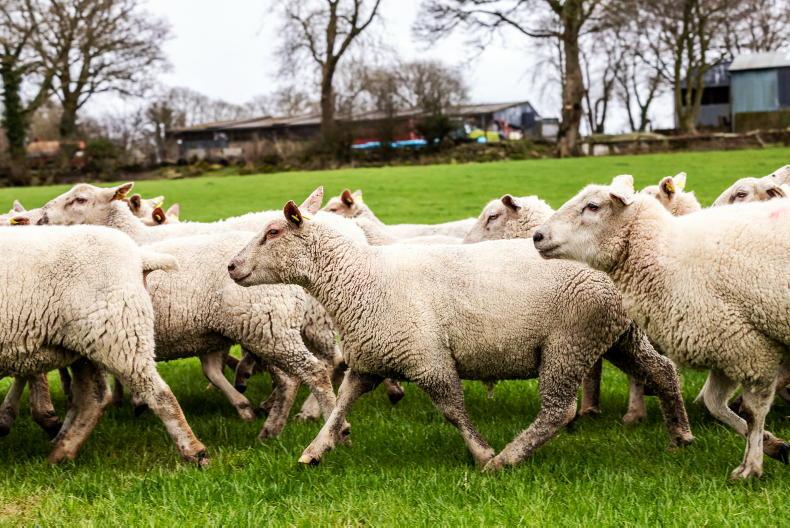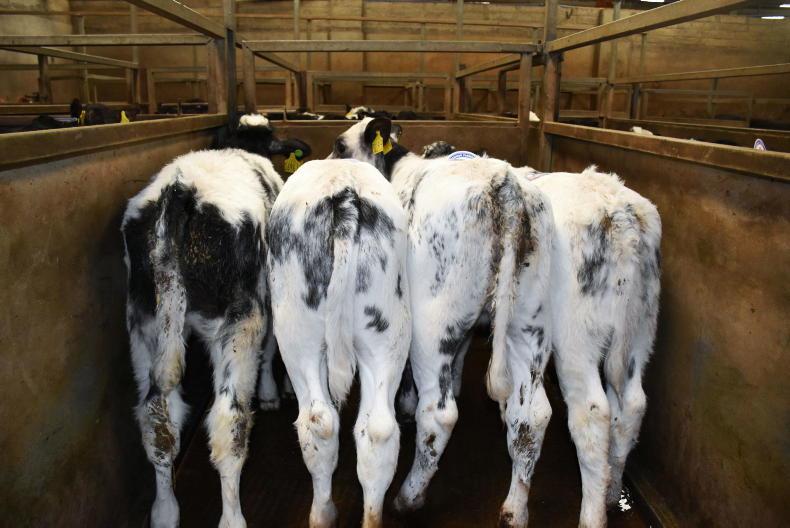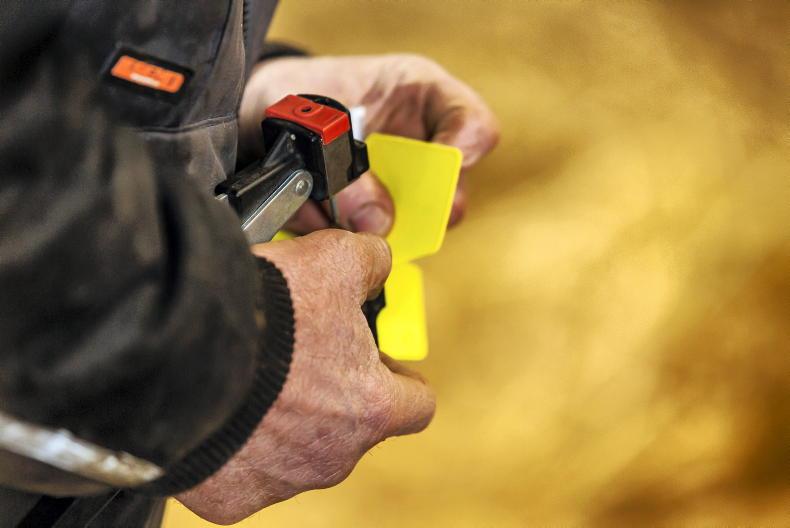A study undertaken in five locations across NI has found that application of the herbicide Asulox was the most effective method of reducing covers of bracken.
Spraying the Asulam-based herbicide reduced covers in the CAFRE trial by up to 95%, with limited bracken regrowth and no damage to underlying vegetation.
Speaking at an event in Glenarm last week, Phelim Connolly from CAFRE said the optimum time to apply Asulox is after full expansion, but before plant dieback, which is usually from mid-July to late September.
Asulox is available on an emergency licence which is reviewed annually by the Health and Safety Executive. The licence came into effect this year on 20 May and requires farmers to use or dispose of all stocks of Asulox by 31 October 2019.
Connolly said Asulox treatment typically costs around £150/ha plus VAT for the chemical alone. “The herbicide is expensive, but there is not the same labour needed with follow-up treatments compared to other options,” he said.
Glyphosate
Weed wiping with a glyphosate-based herbicide was the other treatment investigated in the CAFRE trial. Bracken covers have reduced by up to 50% since weed wiping last September, although briars and ragwort have developed in the plots this year.
Farmers were advised to use a glyphosate product with a wetting agent and carry out follow up treatments with spot spraying. In areas treated with either glyphosate or Asulox, it is recommended to graze with livestock after the spray withdrawal period, to disrupt dead material and encourage grass growth.
Rolling and mulching bracken were two other treatments assessed in the study. Both treatments were carried out twice a year and showed limited reduction in bracken covers.
“The results have been variable across the five sites, but you could not say that there has been complete control on any of the plots,” Connolly said.

Bracken on the left was mulched twice last year, whereas bracken on the right was sprayed with Asulox.
Farmers were told that rolling and mulching twice a year needs to be repeated over a three- or four-year period. The idea is to stop the bracken plant storing energy in its extensive root network, known as rhizomes, which will eventually lead to covers dying back.
Henry Shaw from CAFRE said that rhizomes develop in a grid-like structure, can grow for up to 400m and plants are able to shoot up at any point: “Until it hits wet ground or frost, nothing will stop it growing.”
He maintained that even with the most effective treatment using Asulox, farmers can only aim for bracken control, and not full eradication, due to the plant’s complex rhizome network.
Land eligibility issues with
dense bracken
Bracken can lead to health issues in livestock as the plant is poisonous and is a refuge for ticks which can cause redwater, louping ill and lymes disease, farmers were told at the event in Glenarm.
The plant is common in dry, low agricultural intensity land. It can cause environmental damage as it grows at the expense of priority habitats, such as species-rich grassland.

McEvoy said that this area of land will be more than 50% covered in bracken by mid-summer and is therefore ineligible for area-based payments.
Aidan McEvoy from DAERA said eligibility for area-based schemes can be an issue for farmers with bracken on their land. He said that although the plant dies back naturally each winter, land which is covered in bracken for a few months is ineligible for payments. “The area claimed must be in an eligible land use for the entire calendar year,” McEvoy said.
In areas where bracken is scattered, a scorecard should be used to calculate the ineligible area to be deducted from claims. McEvoy said that 2.5% should be taken off a claim if up to 5% of the area is covered with bracken by mid-summer, 13% deducted if 6-20% is covered, 36% for 21-50% and 100% if over half the area has bracken.
Read more
First case of redwater detected in heifer
Environment: upland management
A study undertaken in five locations across NI has found that application of the herbicide Asulox was the most effective method of reducing covers of bracken.
Spraying the Asulam-based herbicide reduced covers in the CAFRE trial by up to 95%, with limited bracken regrowth and no damage to underlying vegetation.
Speaking at an event in Glenarm last week, Phelim Connolly from CAFRE said the optimum time to apply Asulox is after full expansion, but before plant dieback, which is usually from mid-July to late September.
Asulox is available on an emergency licence which is reviewed annually by the Health and Safety Executive. The licence came into effect this year on 20 May and requires farmers to use or dispose of all stocks of Asulox by 31 October 2019.
Connolly said Asulox treatment typically costs around £150/ha plus VAT for the chemical alone. “The herbicide is expensive, but there is not the same labour needed with follow-up treatments compared to other options,” he said.
Glyphosate
Weed wiping with a glyphosate-based herbicide was the other treatment investigated in the CAFRE trial. Bracken covers have reduced by up to 50% since weed wiping last September, although briars and ragwort have developed in the plots this year.
Farmers were advised to use a glyphosate product with a wetting agent and carry out follow up treatments with spot spraying. In areas treated with either glyphosate or Asulox, it is recommended to graze with livestock after the spray withdrawal period, to disrupt dead material and encourage grass growth.
Rolling and mulching bracken were two other treatments assessed in the study. Both treatments were carried out twice a year and showed limited reduction in bracken covers.
“The results have been variable across the five sites, but you could not say that there has been complete control on any of the plots,” Connolly said.

Bracken on the left was mulched twice last year, whereas bracken on the right was sprayed with Asulox.
Farmers were told that rolling and mulching twice a year needs to be repeated over a three- or four-year period. The idea is to stop the bracken plant storing energy in its extensive root network, known as rhizomes, which will eventually lead to covers dying back.
Henry Shaw from CAFRE said that rhizomes develop in a grid-like structure, can grow for up to 400m and plants are able to shoot up at any point: “Until it hits wet ground or frost, nothing will stop it growing.”
He maintained that even with the most effective treatment using Asulox, farmers can only aim for bracken control, and not full eradication, due to the plant’s complex rhizome network.
Land eligibility issues with
dense bracken
Bracken can lead to health issues in livestock as the plant is poisonous and is a refuge for ticks which can cause redwater, louping ill and lymes disease, farmers were told at the event in Glenarm.
The plant is common in dry, low agricultural intensity land. It can cause environmental damage as it grows at the expense of priority habitats, such as species-rich grassland.

McEvoy said that this area of land will be more than 50% covered in bracken by mid-summer and is therefore ineligible for area-based payments.
Aidan McEvoy from DAERA said eligibility for area-based schemes can be an issue for farmers with bracken on their land. He said that although the plant dies back naturally each winter, land which is covered in bracken for a few months is ineligible for payments. “The area claimed must be in an eligible land use for the entire calendar year,” McEvoy said.
In areas where bracken is scattered, a scorecard should be used to calculate the ineligible area to be deducted from claims. McEvoy said that 2.5% should be taken off a claim if up to 5% of the area is covered with bracken by mid-summer, 13% deducted if 6-20% is covered, 36% for 21-50% and 100% if over half the area has bracken.
Read more
First case of redwater detected in heifer
Environment: upland management












SHARING OPTIONS